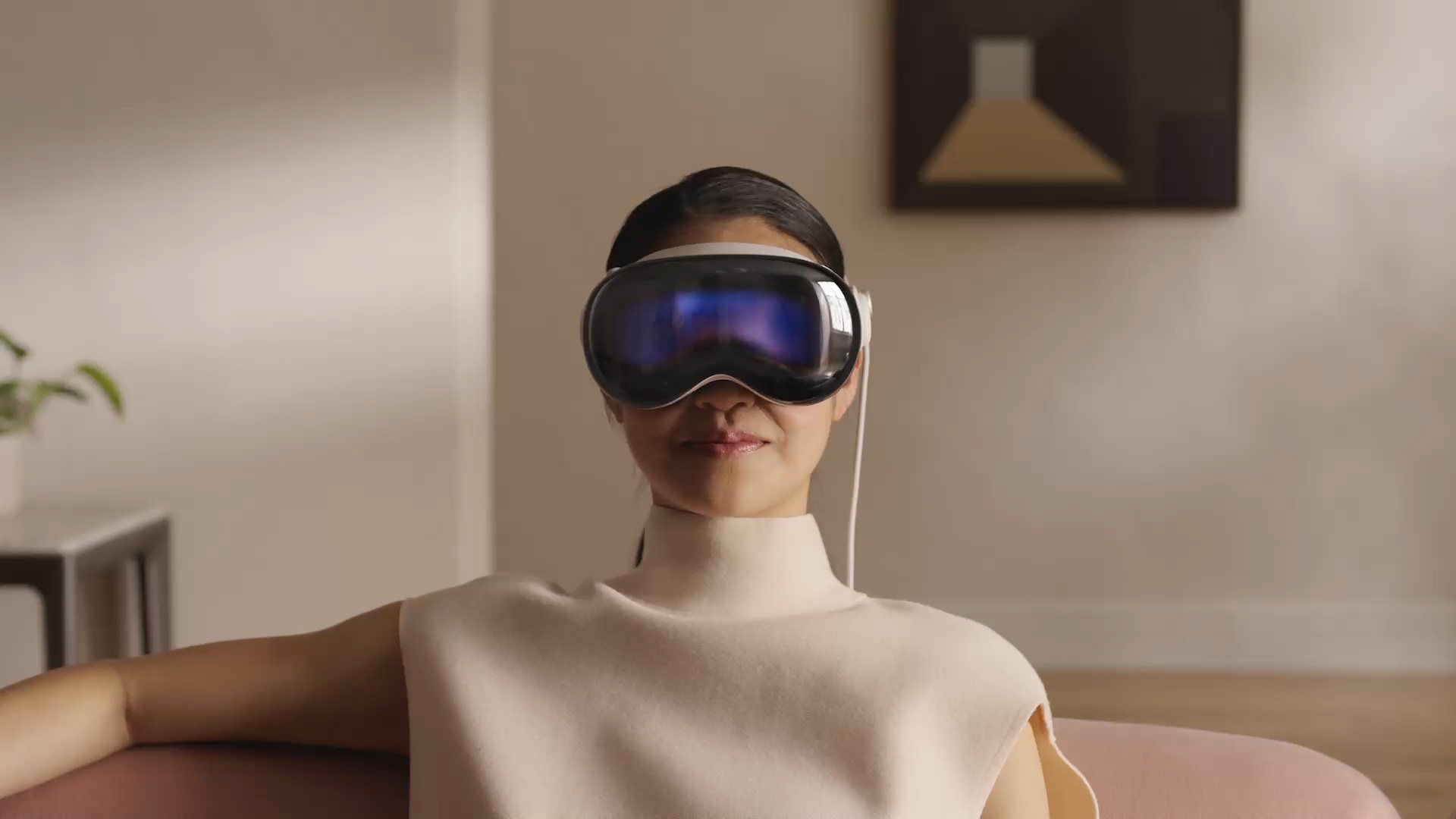Shop At Haya: Your Ultimate Shopping Guide
Discover the best shopping tips, trends, and deals for a smarter buying experience.
Visionary or Just a Hype? The Apple Vision Pro Showdown
Is Apple Vision Pro a groundbreaking tech marvel or just hype? Dive into the showdown and discover the truth behind the buzz!
Is the Apple Vision Pro a Game-Changer or Just Hype?
The Apple Vision Pro has generated significant buzz since its announcement, sparking a debate among tech enthusiasts and industry analysts alike. Many argue that this innovative device is set to revolutionize the way we interact with technology, combining cutting-edge augmented reality features with the sleek design that Apple is renowned for. With capabilities that include advanced spatial audio and high-resolution visuals, the Vision Pro is positioned not just as a product, but as a platform for future experiences. However, the question remains: will it live up to the hype, or will it falter like past technologies that promised a similar impact?
On one hand, the Apple Vision Pro introduces groundbreaking features that could potentially redefine various industries, from gaming to education. For instance, the ability to blend digital content with the real world could enhance remote collaboration and create immersive learning environments. However, skeptics caution that the success of such devices often hinges on content availability and user adoption. If developers do not embrace the Vision Pro's unique capabilities, it may struggle to find its audience, leaving it merely as an impressive piece of tech rather than a true game-changer.

Exploring the Technology Behind the Apple Vision Pro
The Apple Vision Pro represents a major leap in augmented reality technology, showcasing Apple's commitment to creating immersive experiences. With its advanced optical displays and custom silicon, the Vision Pro aims to blur the lines between physical and digital worlds. The device integrates sophisticated sensors and cameras that enable real-time environment mapping, allowing users to interact with both virtual and tangible objects seamlessly. This technology not only enhances user engagement but also opens a myriad of possibilities for applications in education, gaming, and beyond.
At the heart of the Apple Vision Pro is its ability to adapt and learn from user behavior. Utilizing machine learning algorithms, the device can identify user preferences and optimize experiences accordingly. The hardware includes advanced head tracking systems and gesture recognition technology, which means that users can navigate interfaces intuitively. Furthermore, the inclusion of high-fidelity audio systems ensures that users are immersed in their environment, enhancing the overall experience. As Apple continues to refine this technology, the Vision Pro is positioned to redefine how we perceive and interact with the digital landscape.
How Does the Apple Vision Pro Compare to Its Competitors?
The Apple Vision Pro is a groundbreaking entry into the augmented reality (AR) and virtual reality (VR) market, setting high standards for competitors. Its sleek design, powered by the M2 and R1 chips, promises unparalleled performance and seamless integration with Apple’s ecosystem. When compared to competitors like the Meta Quest Pro and Microsoft HoloLens 2, the Apple Vision Pro distinguishes itself through its user-friendly interface and stunning display quality. With features like eye tracking and an advanced spatial audio system, it delivers an immersive experience that few can rival.
In contrast, while the Meta Quest Pro focuses on affordability and accessibility for a wider audience, the Vision Pro prioritizes premium users seeking top-tier experiences. Similarly, the Microsoft HoloLens 2 is aimed at enterprise use with impressive mixed-reality capabilities, yet it lacks the consumer appeal that the Vision Pro has cultivated. As the market continues to evolve, the Apple Vision Pro sets a benchmark that not only highlights its innovative features but also challenges its rivals to enhance their offerings to keep pace.